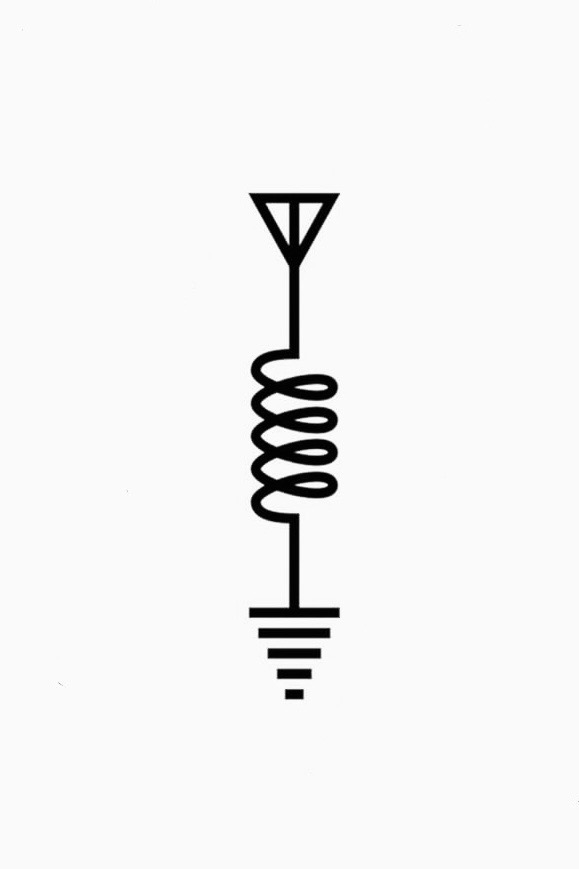I use Workman.
EDIT (2024-08-10T19:23Z): I should clarify that I am referring to the layout that you use for a physical computer keyboard, not a mobile/virtual keyboard.
QWERTY. i work on multiple environments that can’t always be accessed remotely, so that means I’m physically moving to different computers daily. It’s better for me to use the most common layout so that there’s as much consistency between systems as possible
Dvorak. Have been for years. Way less work to type the same speed as QWERTY.
My username approves.
Why does workman have a different layout for Linux? That’s a headache for people who dual boot
What do you mean? It’s just a layout. How would it vary depending on the OS?
Under pros and cons:
Capslock is Backspace (Linux only) Shift+Capslock is Escape (Linux only)
Under pros and cons
Ah, okay! I didn’t see that. Good to know.
Quite funny that, assumedly, Windows prevents those things from being remapped. I personally love that the Capslock key got changed to the Backspace key. It’s so much more comfortable.
I’m buying a new (programmable) keyboard for the sole purpose of remapping capslock to backspace. Been using that for years and now my new employer forces me to use Windows where this isn’t possible without Avon rights - it drives me insane how often I end up LIKE THIS;
Pet theory: most Dvorak users were, in their pre-enlightenment lives, messy freestyle 3-finger typists. If you ever went to the trouble of formally learning to touch-type Qwerty, moving to another layout just seems impossibly foreboding. No way.
You become multilingual. It doesn’t transfer the same way you think. I type dvorak at home, qwerty at work, and qwerty on mobile. My brain somehow knows when to switch. The most common slip up I run into is that my brain gets confused with a laptop and sometimes I mix the two.
Pet theory: most Dvorak users were, in their pre-enlightenment lives, messy freestyle 3-finger typists.
Given that Dvorak tries to maximize alternating hands when typing consecutive characters [1], that theory definitely feels plausible given that the “hunt-and-peck” style for typing naturally seems to work with alternating hands. I think the same idea could also be applied to mobile typing as you only have two thumbs — perhaps Dvorak would lend itself well to mobile typing?
References
- “Dvorak keyboard layout”. Wikipedia. Accessed: 2024-08-10T23:00Z. https://en.wikipedia.org/wiki/Dvorak_keyboard_layout#Overview
Letters should be typed by alternating between hands (which makes typing more rhythmic, increases speed, reduces error, and reduces fatigue).
If you ever went to the trouble of formally learning to touch-type Qwerty, moving to another layout just seems impossibly foreboding.
It’s not that bad. By my experience, having gone from QWERTY to Dvorak to Colemak to Workman, it takes maybe an hour to memorize the keys, then it’s just a matter of practicing by using it. You will progressively get faster and faster as it becomes second nature. To get to full typing speed and for it to feel completely natural, however, it will likely take a month, depending on how often and how much one types.
Something interesting that I noticed, though, is that it seems that the brain is only to be able to know one keyboard layout well at a time. If I learn a new layout, I don’t maintain my skill with the previous layout minus the skill lost due to lack of practice. It almost feels entirely zero-sum. As I gain skill in one keyboard layout, I seem to equally lose skill in the previously known keyboard layout. I do try and maintain some level of proficiency with QWERTY, given that it is still the standard and is the most common, but it takes considerably more effort. It seems to be less acquiring a new skill and more rewiring the brain.
I use semimak mainly but use qwerty often and I feel like there’s no problem with using both at all. This is just my experience though. When I first learned Dvorak and dropped qwerty I completely lost qwerty but it came back really easily later when I started using it more
Dvorak exclusively. This thread is the most I’ve heard of other people using it. To date, I’ve met 2 people who have HEARD of it, but no one else who uses it
Dvorak. I switched back in 2005 from qwerty and never looked back. I never looked forward either, so I may try out Colemak at some point in time. Workman looks solid for English, but I am not a native English speaker.
Quick! Type my username with one finger :)
:-)
I tried dvorak in 2008 and was using it for about 6 months. The thing that really tripped me was the keyboard shortcuts. I was just too used to the QWERTY setup. Did you have to overcome this, and if so, how?
Workman looks solid for English
Yeah, afaik, Workman was specifically designed for English. The official website for Workman doesn’t appear to specifically state that it was designed for only English, but there are a few small statements scattered throughout that hint at the theory that it was designed for English.
Dvorak since Dec 2010. Between semesters, I was just checking it out, not planning to stick with it at all. But, I really liked it, so I spent the rest of the semester break learning Dvorak and never looked back.
I met another dvorak user at work. I made a git commit that was meant to eventually be squashed with the message
aoeu, which apparently gave me away. My coworker then asked me if I typed in Dvorak; not immediately recalling the commit message, I was quite astonished; how tf did you know that? Turns out, he typed in Dvorak too.Colemak-DH using an Atreus from keeboard.io
Dvorak, but the one that uses UK punctuation.
It doesn’t exist on Windows. Did you know that making custom keyboard layouts on windows is a pain?
Dvorak to touch-type but qwerty on my phone’s virtual keyboard.
Dvorak for over thirty years; always used swipe typing with QWERTY on mobile devices
ANSI QWERTY.
It’s the standard layout in my part of the world, and my ability to walk up to any PC in the land and comfortably type outweigh any advantages other layouts would have.
Dvorak. The same as others have posted, I started to type for a living and started to feel the numbness in my hands as I read up on RSI. I switched to Dvorak on my phone then eventually to desktop.
I’m willing to take a gander at the Workman layout.
Qwertz 🇩🇪
QWERTY. Jealous?
I’ve tried Dvorak and Workman but switched to Colemak-DH about a year ago just for fun and to try something new (I have a split ortho keyboard with XDA keycaps so the profile is uniform).
Works great, but my typing speed dropped by about 40 WPM from the low 110s to the mid-70s and I haven’t had enough time to practice and get back up there. Previous layouts have required at least a few months of practice with Monkeytype or Keybr and I’ve been too busy.
Also made a huge effort to switch to Colemak-DH a few months ago then started moving around a bunch with little space to setup my split ergo and will take a huge hit getting started again :/
I’ve tried Dvorak and Workman but switched to Colemak-DH about a year ago
What’s your preference of the 3?
Hmm, you know, I think I liked Workman the most. Colemak has been the most difficult to adapt to, but I’m not sure if it’s because I had been away from QWERTY for so long (Colemak has a lot of keys in common with QWERTY) or because the layout has keys in locations that I don’t find the most intuitive.
Honestly, if I’m still hovering around 80 WPM for much longer it might actually be a good move to switch back to Workman, lol. Dvorak was probably the best IMO for reducing finger and wrist movement and strain if that’s a concern for you.
I personally went from QWERTY to Dvorak to Colemak to Workman. I probably stayed on Colemak for the least amount of time. I’ve been on Workman for quite a number of years, now.






